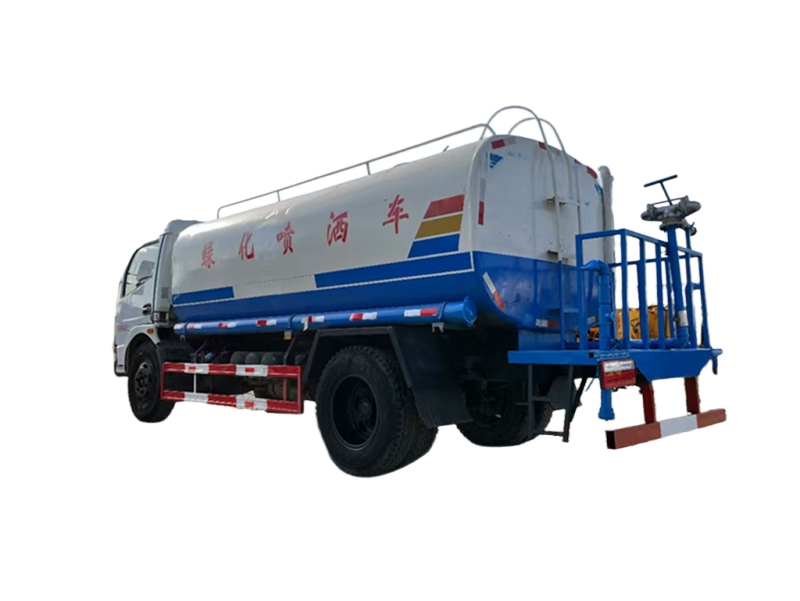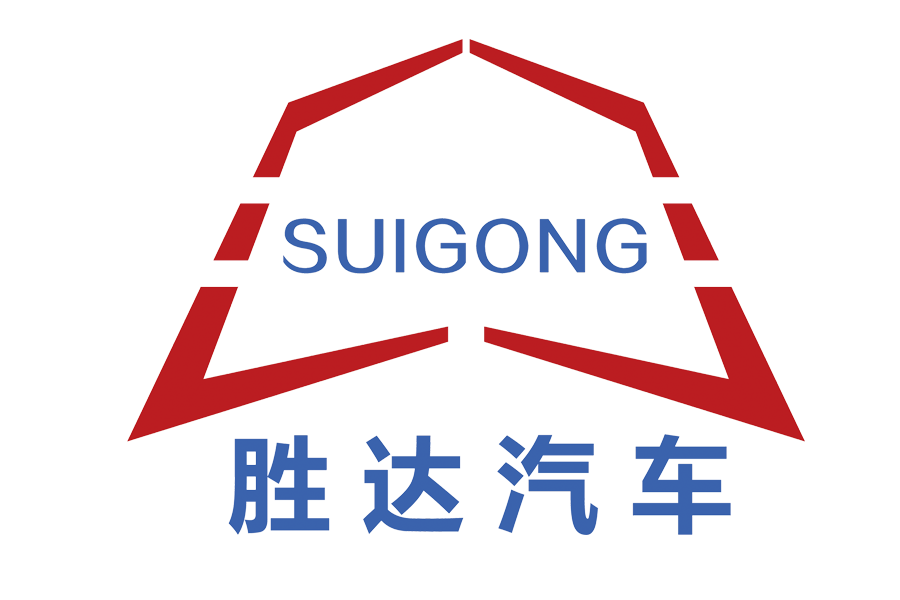Empowering Rural Communities
Sprinkler trucks are not just urban tools—they’re making a difference in rural areas too. In parts of rural Thailand, where access to clean water is limited, community-owned sprinkler trucks are used to transport water from distant sources to local schools and clinics. These trucks also help irrigate community farms, improving crop yields and food security. “Before, we spent hours carrying water; now the truck does the hard work,” says a village elder in Chiang Mai province.
In Brazil’s rural northeast, sprinkler trucks are used to combat desertification by watering newly planted native trees. The initiative, supported by the government, has helped restore over 5,000 hectares of land since 2022, preventing soil erosion and improving local biodiversity.

Innovative Design for Extreme Climates
Manufacturers are developing sprinkler trucks tailored to extreme weather conditions. In Canada’s northern territories, where temperatures can drop to -40°C, sprinkler trucks are equipped with heated tanks and hoses to prevent freezing. These trucks are used to de-ice remote roads and runways, ensuring year-round transportation access.
In the Middle East, where temperatures soar above 50°C, sprinkler trucks feature solar-powered cooling systems that keep the water temperature low, preventing evaporation during transport. This innovation has reduced water loss by up to 40% in cities like Dubai and Riyadh.
Cultural Integration in Urban Planning
Sprinkler trucks are being incorporated into cultural events and traditions, enhancing community engagement. In Mexico City, during the annual Day of the Dead celebrations, sprinkler trucks are used to clean and prepare public plazas where altars are set up. The trucks’ gentle spray ensures the plazas are pristine for the thousands of visitors who attend the festivities.
In India, during the Holi festival, some cities use sprinkler trucks to clean streets after the colorful celebrations, which involve throwing powdered dyes. The trucks help remove the dye from roads and buildings, restoring order to the city while respecting the cultural significance of the event.
Overcoming Financial and Technical Barriers
Despite their benefits, many communities struggle to afford modern sprinkler trucks. In parts of Central America, old and inefficient trucks are still in use, consuming excessive amounts of water and fuel. International NGOs are stepping in, providing grants to upgrade these fleets and training local technicians to maintain them.
In Eastern Europe, the transition to smart sprinkler systems has been slow due to limited technical expertise. To address this, universities in Poland and Hungary are offering courses on smart urban maintenance, preparing the next generation of operators to handle advanced sprinkler technology.
The Road Ahead: Sustainable and Inclusive
Experts predict that future sprinkler trucks will be even more sustainable, with many transitioning to hydrogen fuel cells or renewable energy sources. They also foresee greater inclusivity, with designs that accommodate the needs of people with disabilities, such as lower spray heights near pedestrian crossings.
“Sprinkler trucks are no longer just about keeping cities clean—they’re about creating healthier, more resilient, and more connected communities,” says an urban development specialist. “Their evolution will continue to mirror the needs and values of the societies they serve.”
As sprinkler trucks adapt to new challenges and opportunities, they remain a vital part of urban and rural infrastructure, proving that innovation and practicality can go hand in hand to build better communities.

